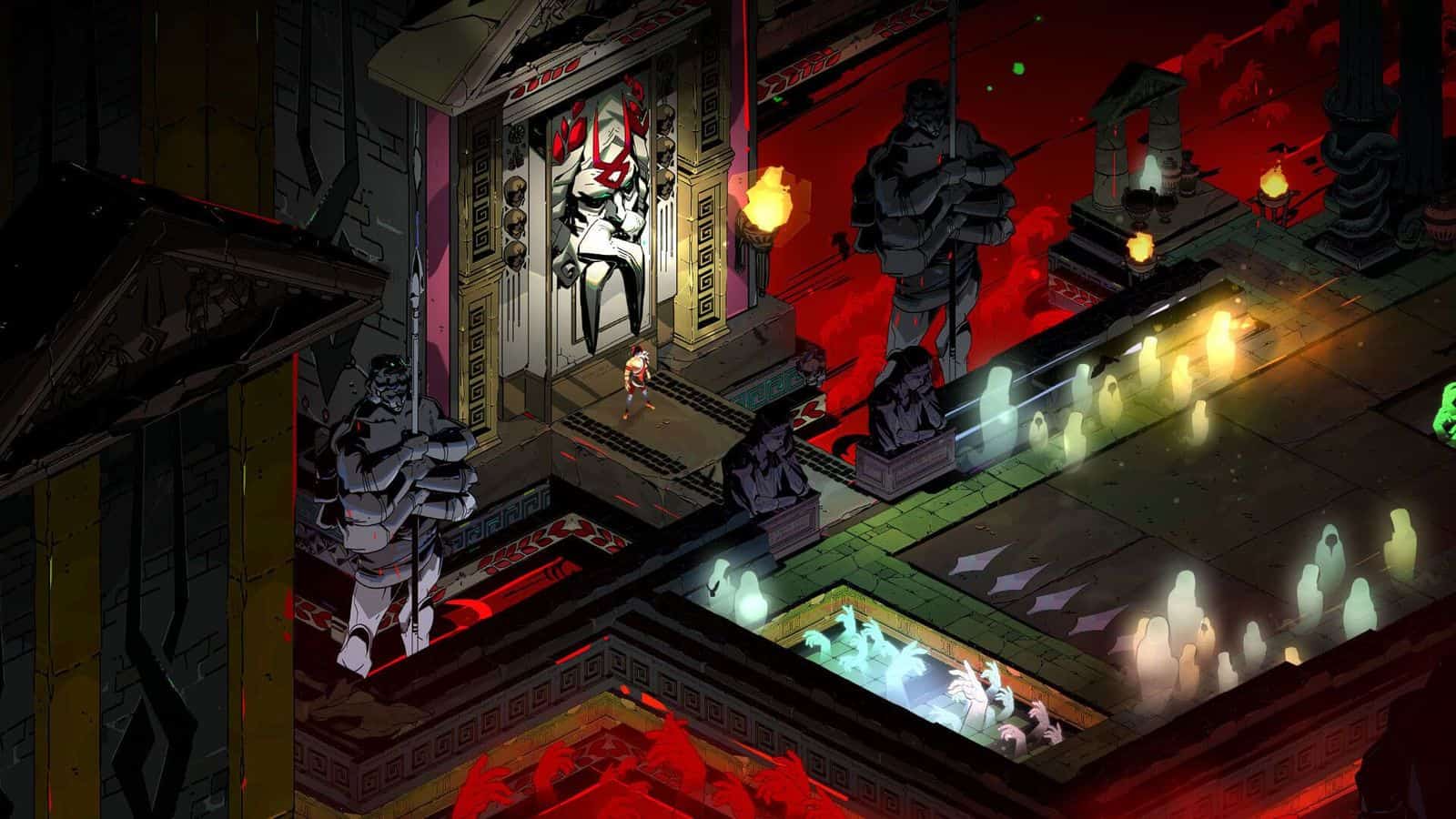
What makes it even better is that you get to keep and evolve the same characters throughout the subsequent games in the series, via the first expansion Tales of the Sword Coast, to Baldur's Gate II and the concluding Throne of Bhaal. Moreover the game draws from the intricate lore of the Forgotten Realms setting to add even more depth. The characters in Baldur's Gate are as living and breathing as a couple of dozen pixels have ever been. In my opinion, BG 1 & 2 really only compete with the Fallout (1 & 2) games for the top spot in isometric RPG history. Baldur's Gate was and is a benchmark for story-driven role-playing games. Obviously you'll never make it, but that's part of the concept. Like most M&M games it doesn't have much in the way of a plot, but it is also (perhaps for the same reason) about as non-linear as a game gets – you can take your four characters and wander off to the final dungeon right away. Might and Magic 6: The Mandate of Heaven broke away from the grid-based confinement of the previous games to offer a completely free-roaming world. Except for some of the later outcroppings – such as the rather mediocre Dark Messiah and the horrible Crusaders of Might & Magic – all of the games have been turn based and all of them presented in 3D.
Best mac rpgs 2017 series#
The Might & Magic series was an RPG staple for a long time, with the first game appearing in the late 80s for 8-bit platforms, including the NES. Just like all the later games, the first Fallout centers around a Vault Dweller who has to leave the safety of Vault 101 and head out into the untamed post-nuclear wasteland of the early (alternate-history) 22nd century. The game is presented in the tried-and-tested isometric perspective, and the combat is fully turn-based (those were the days). And as any true masterpiece, this one stands the test of time. Sure, the graphics in the original are very simplistic compared to Bethesda's later instalments, but the heaps of gore and melting bodies are easy enough to distinguish. Fallout isn't just one of the best RPGs, it's one of the best games ever made in any category. Trivia: Westwood, the developer of Eye of the Beholder I & II, later left SSI, D&D and the Forgotten Realms to create the abominable Lands of Lore series. Once you enter the sewers to take a look, the walls collapse behind you and the only way forward is down. It's a classic grid-based dungeon crawl, based on 2nd Edition D&D rules, in which the lords of Waterdeep (a city in the Forgotten Realms) hire you to investigate some strange ongoings beneath the city. It is also the antagonist of Eye of the Beholder – a classic that made its debut on the PC, which was still a low-profile gaming platform in 1990. A ' beholder' is a classic Dungeons & Dragons monster composed of a disgusting heap of flesh and floating tentacle eyes. There's also a rather uninspiring sequel of sorts, from a much later date (2001) called Pool of Radiance: Ruins of Myth Drannor. Pool of Radiance was followed by the equally great Curse of the Azure Bonds and others.
Best mac rpgs 2017 Pc#
The game was of course a rather simplistic experience by today's standards, but compared to what was available at the time it took PC gaming to a new level. It also introduced computer gamers to the popular Forgotten Realms setting – a fantasy world created by Ed Greenwood in the 60s, which has since been polished to perfection in fantasy novels by authors such as. Pool of Radiance was the first PC RPG to make use of actual Advanced Dungeons & Dragons (AD&D) rules.


With its revolutionary grid-based 3D dungeoneering the game looked quite amazing at the time.īy the way: the 2004 Bard's Tale is neither a sequel or remake of the original series, although it's a somewhat amusing parody of classic RPGs.

In any event, this game was originally released for the Apple II, but was ported to all – and I do mean all – other platforms eventually. If you, too, remember the original Bard's Tale, then you may also fondly remember the days when monitors had a fully-adequate 320x200 pixel resolution and you didn't need glasses to see the contours. To further narrow the list down, all of them are single-player games and only for the PC, though most of them have also appeared elsewhere. I started out in the 80s, so it's probably fair to sort them chronologically instead of by overall greatness (not to worry, they are all superb).

Speaking of which, here are a few of my personal favorites from the past decades. It's more of a vice and an addiction that, once you're hooked, will consume at the very least 30 hours of your life with each consecutive fix. I don't take much pride in being a life-long cRPG 'enthusiast'.


 0 kommentar(er)
0 kommentar(er)
